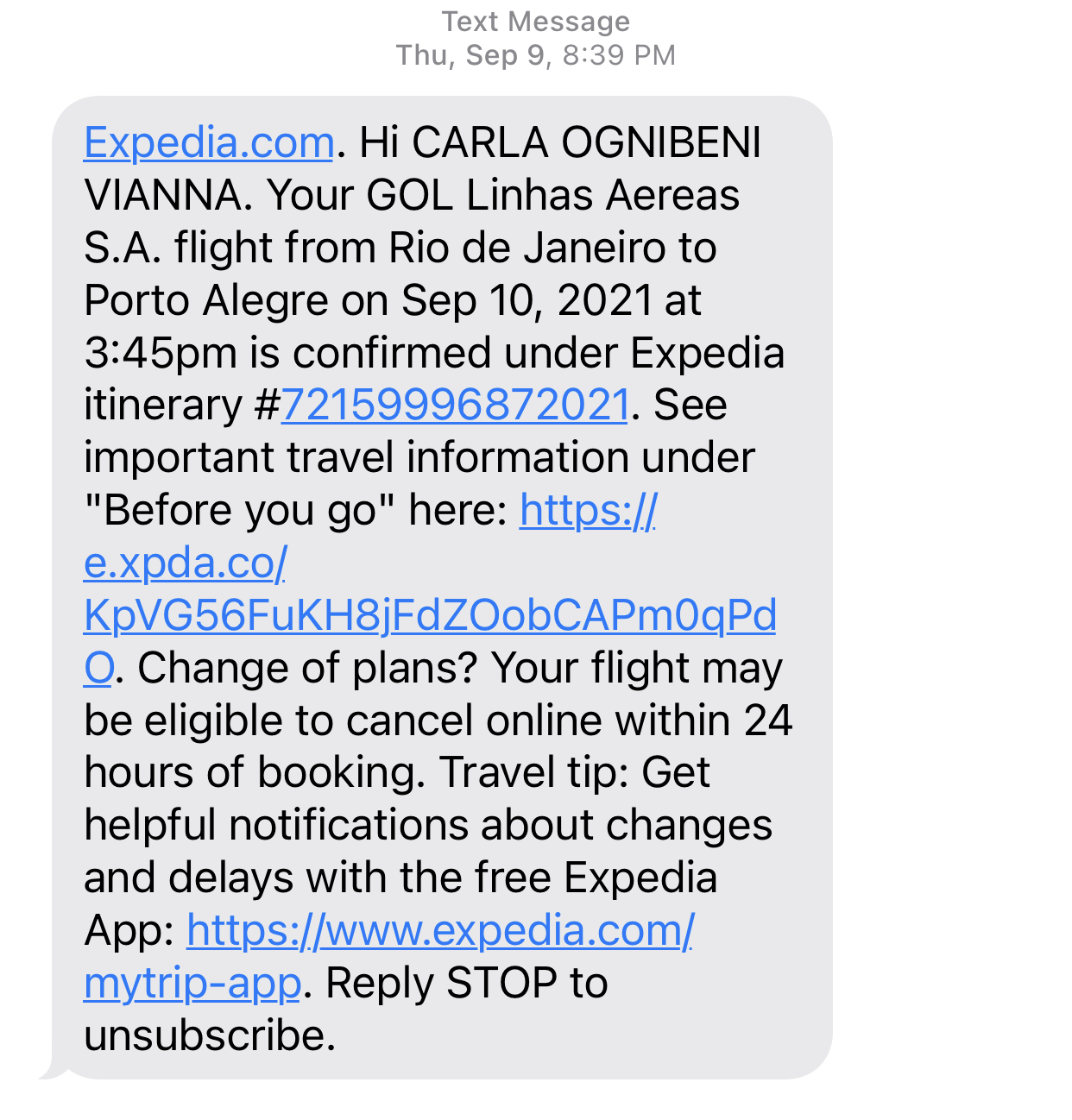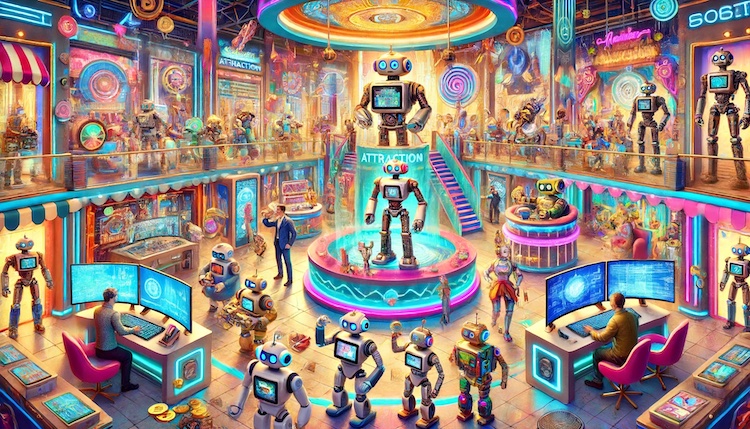
If you’re wondering how to wow your guests, you’ve landed in the right place.
Spoiler alert: It all boils down to communication.
Guest experience communication refers to the way your company interacts with your customers at every step of their journey. It’s the very first email you send and the way your staff welcomes them to your attraction — as well as every moment in between.
Providing a guest experience that goes above and beyond is more important than ever for tourism attractions. Guests today have so many options to choose from and a positive guest experience can sway them your way more often.
In this post, we’re sharing eight not-so-obvious ways you can go the extra mile to make (and keep) your customers happy.
How does communication improve guest experience?
- 1. Establish early contact
- 2. Encourage staff to start conversations with your guests
- 3. Use data from wearable tech to improve the on-site experience
- 4. Give returning visitors a special treat
- 5. Allow guests to text you
- 6. Build an omnichannel experience
- 7. Leverage chatbots for automated customer communication
How does communication improve guest experience?
Even though most travel decisions are now made online, guests still want to feel supported by a real human being. That’s where your company’s communication comes in.
Great communication allows guests to ask questions, provide feedback, and make special requests to an actual employee, rather than to a faceless brand.
Sending your guests a personalized welcome email, for example, will give them the peace of mind that there is someone there to help them then if something goes wrong. When your brand initiates the conversation, it also makes guests comfortable with voicing their needs and preferences.
Communication also makes personalization possible, which is key in today’s customer experience.
When you communicate well with your guests, you’re able to understand what they want out of their visit. You can then work toward exceeding their expectations by sending them relevant recommendations and anticipating their needs.
7 tips to impress guests
It’s time to go beyond your booking confirmation email.
From allowing guests to text you with their questions to leveraging artificial intelligence to provide them with rapid responses, here are eight communication tactics to impress your visitors.
1. Establish early contact
As soon as a guest purchases a ticket or makes a reservation, they’ll be expecting a booking confirmation email.
Your attraction can impress them by also sending a personalized welcome email with travel recommendations. This email should open up the lines of communication and make them comfortable enough to make special requests.
Make sure the email is signed by one of your staff members so that the guest feels they have a direct contact to speak with at your attraction.
You can use this initial communication to learn more about their preferences and further personalize their visit.
Let’s put this into practice with an example.
Jane purchased tickets on your website for her family of four. In Jane’s welcome email, you should ask her if she’s visiting for a special occasion. You then find out that it’s her daughter’s 10th birthday, so you help her secure a kid-friendly restaurant reservation for the day of her visit. You then add a note for the restaurant to sing the table happy birthday.
Another idea is to provide Jane’s daughter with a birthday sticker so that when your employees see it, they wish her a happy birthday.
2. Encourage staff to start conversations with your guests
You should encourage your staff to start in-person conversations with your guests. This is a great and personable way to learn more about your visitors, such as why they’re visiting and whether it’s their first time.
Your employees can then make relevant recommendations based on those conversations.
The Sanctuary Hotel in South Carolina’s Kiawah Island encourages staff to “beat the greet.” The hotel’s employees are trained to be the first ones to say hello and start a conversation with guests as they walk in.
Employees are also encouraged to learn more about a guest’s interests through conversations, and then pass this information down to the rest of the team. This allows the hotel to further personalize future interactions, such as recommending a California wine
to a guest who’s traveled from there.
With so many interactions happening online, the customer experience often lacks a human element. A friendly employee can make your guests feel welcomed and appreciated in a way that an email never can.
This will help guests better connect with your company on a more personal level.
3. Use data from wearable tech to improve the on-site experience
Internet-connected devices such as wearable bracelets that act as entrance tickets and credit cards are a major step toward a seamless guest experience. To take it a step further, you can leverage the data collected from these devices to provide real-time support for your guests.
For example, you can increase staff for a particular ride or exhibit if you see that a long queue is forming. You can also better control visitor flow by sending guests to other rides or exhibits when one is too crowded.
Disney uses its MagicBands to track guests’ spending habits, what they are doing in the parks, and where they are eating. The purpose behind the bands is to provide guests with a frictionless and more personalized experience — the bands can be used to reserve a table at a restaurant, pay for meals or souvenirs, hold a spot in line, and more.
Meanwhile, the company then uses the data collected to anticipate guest needs and desires.
4. Give returning visitors a special treat
Show your guests how much you value their loyalty by noticing when they return.
Offer repeat customers a personalized gift to thank them for coming back to your attraction. Take it the extra mile and tailor the gift based on what you already know about the guest.
For example, a museum might give repeat guests access to an exclusive exhibit not open to the general public; an aquarium could extend a complimentary invite to an after-hours event; and a theme park could offer free soft drinks during the visit.

5. Allow guests to text you
SMS messaging is one of the most reliable methods of communication because your guests always carry their phones.
The ease of texting makes this one of the best methods to streamline the guest experience. Give guests the chance to text you with simple questions or requests so they feel they can reach you on their own terms.
Today, travel brands are using SMS messages to improve the guest experience in a variety of ways. They’re asking guests if they have any special requests or needs before their visit. At the luxury Palm Beach hotel The Breakers, guests can text staff to order room service or let them know their TV is broken.
For companies like Hilton Worldwide, opening a new line of communication with guests via text creates the impression that the hotel is available at all times. Guests checking in to Hilton hotels are using SMS messaging to request upgrades or later check-in times.
Online travel agency Expedia also sends texts: As soon as a traveler books a trip, they’ll receive a confirmation text with an itinerary number, the cancellation policy, and links to helpful information, as you can see in the photo above.
Other ways travel companies are experimenting with SMS messaging include:
- Providing guests with important information on the day of their visits, such as directions and parking details
- Allowing guests to make restaurant reservations
- Notifying guests of event and activity schedules
- Asking for feedback
- Offering discounted deals to encourage a repeat visit
6. Build an omnichannel experience
An omnichannel customer experience is composed of several guest touchpoints over a variety of channels that seamlessly connect. This allows guests and customer service staff alike to pick up where they left off on one channel and continue the experience on another.
Since your guests are likely reaching out to you via multiple channels, the communication experience should be similar across all platforms. This applies to both online and offline interactions.
Also, you want to make sure that your communication methods are integrated. This means that if a guest makes a request on social media and follows up with a phone call, the employee who answers the phone should have a record of their request.
7. Leverage chatbots for automated customer communication
Chatbots leverage artificial intelligence to answer guest questions and requests in real-time. They improve the guest experience by speeding up response times. These automated bots can cover the most frequently asked questions, such as “Where are you located?”
Expedia, for instance, uses a chatbot via Facebook Messenger to assist travelers with their flight and hotel bookings. Travelers can directly message Expedia on Facebook for hotel options in their desired destination.
This helps eliminate the need for guests to be put on hold if a customer service employee is busy or not available. It’s a 24-hour solution for questions that don’t necessarily warrant an employee’s attention.
If the guest’s question is more complex, however, the chatbot then connects them to a customer service representative that can further assist them.
***
Are you ready to begin wowing your guests?
Use these eight tips to go above and beyond at your attraction. Train your staff to put your customer first and follow through with providing them the best guest experience possible.
This is a surefire way for your attraction to outrun your competitors and build customer loyalty.
These top-notch communication tactics will have your guests returning to your venue time and time again.




